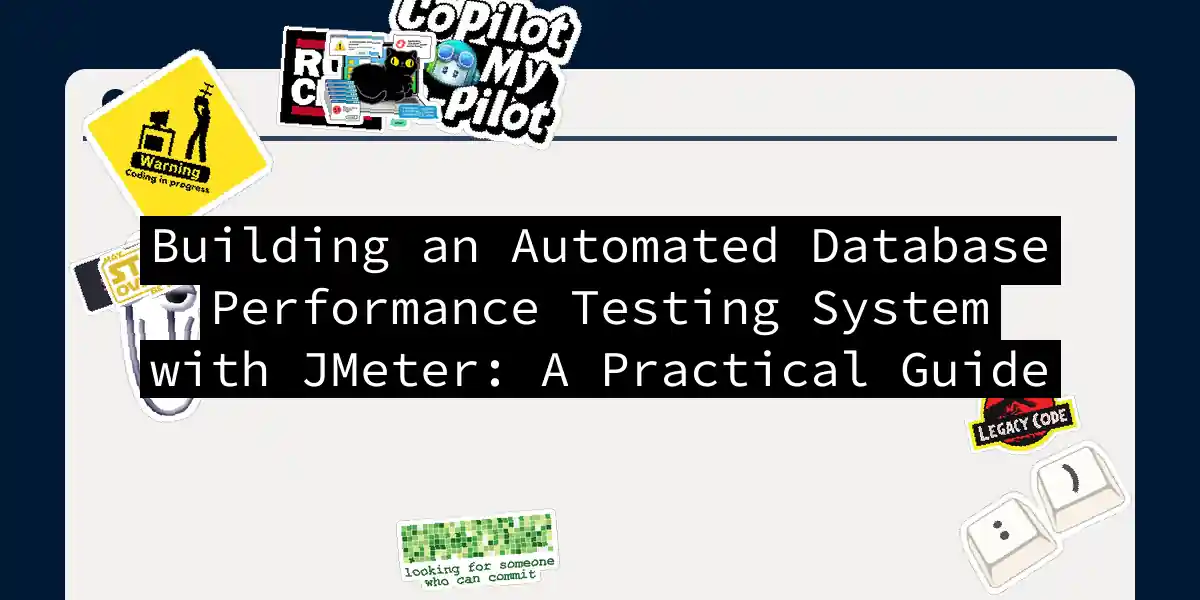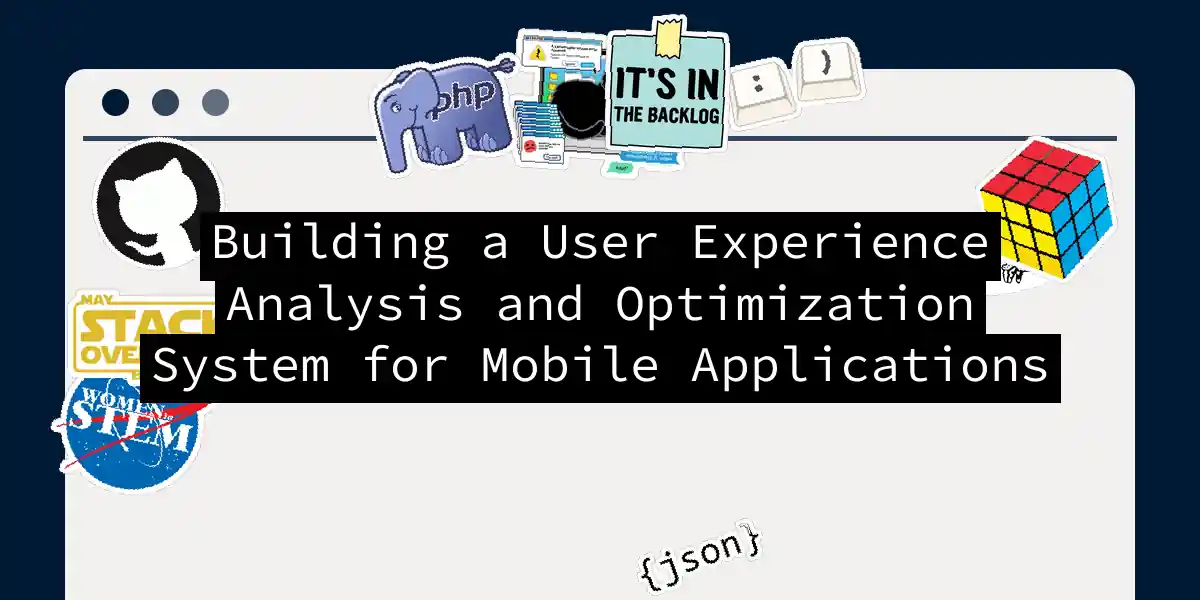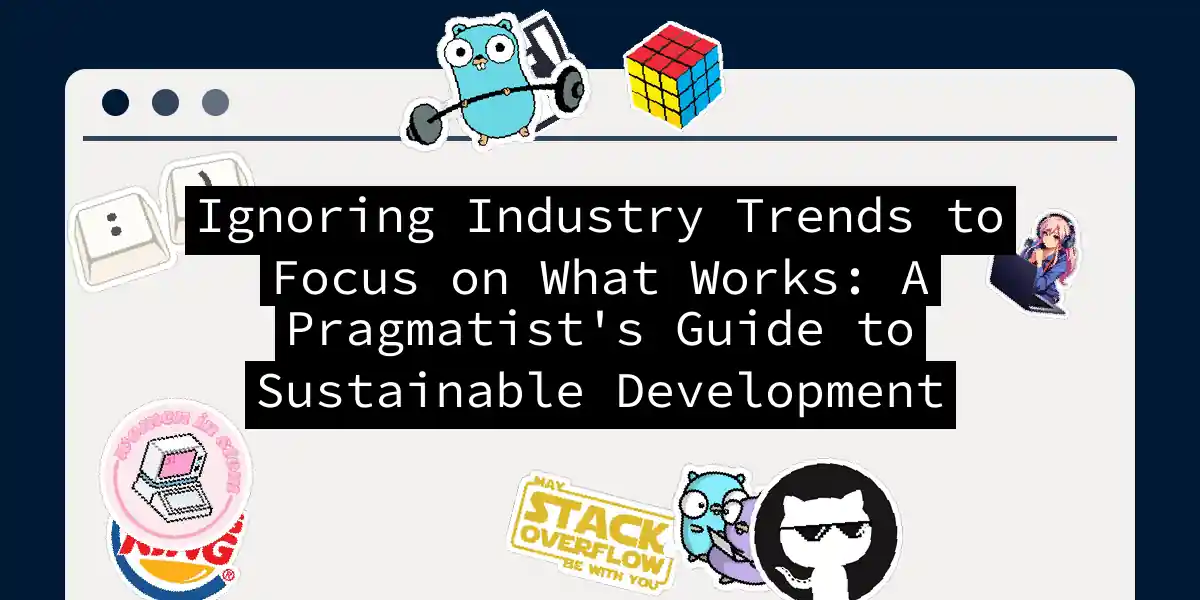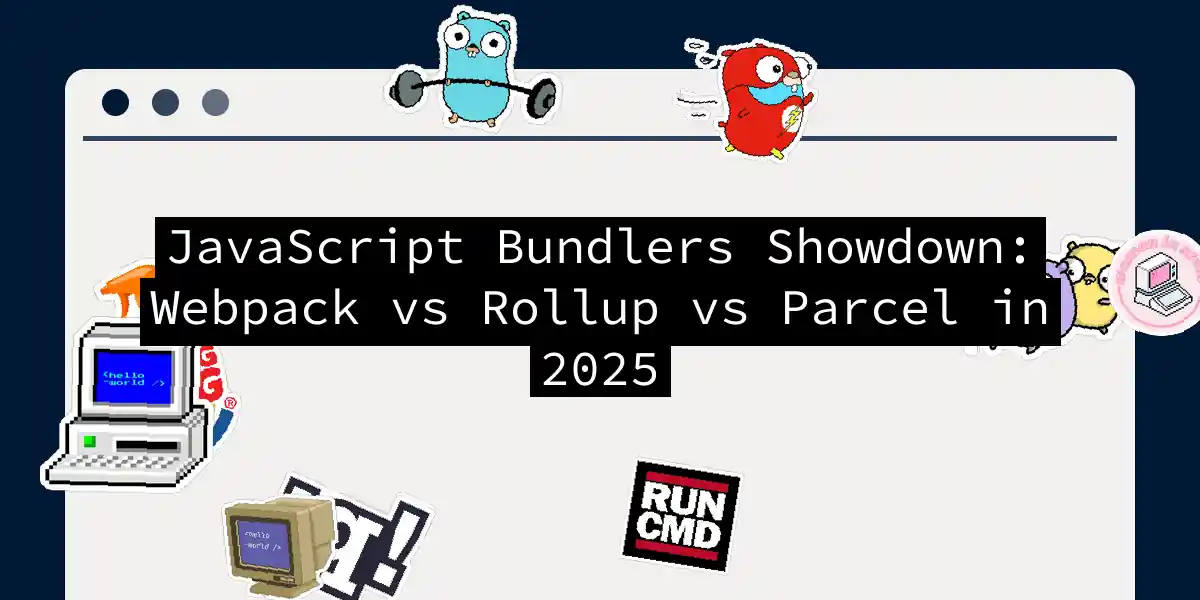
Building an Automated Database Performance Testing System with JMeter: A Practical Guide
If you’ve ever wondered what happens when your database suddenly faces the equivalent of a flash mob invading your servers, you’re in the right place. Database load testing isn’t just about being paranoid—it’s about being prepared. With JMeter, you can simulate thousands of users hammering your database simultaneously, all from the comfort of your development machine. Why Your Database Needs a Stress Test (Seriously) Database load testing simulates multiple users interacting with a database simultaneously, measuring performance, scalability, and reliability under heavy loads....



